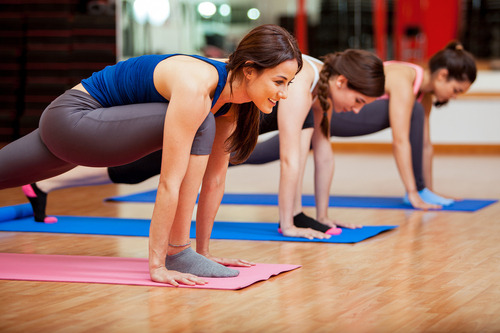Written by Alexandra Black MPH, RD, LDN, Health Promotion Manager, IHRSA
Last week, a study published in the American Journal of Clinical Nutrition found that twice as many early deaths may be caused by physical inactivity rather than from obesity. There is some bad news in terms of our physical activity habits as a nation, with just 5% of US adults and a third of US kids active on a daily basis according to the President’s Council on Fitness, Sports, and Nutrition. Add that to the fact that recess and PE are on the decline, with only a handful of states mandating physical education in schools. But it’s not all doom and gloom.
Before we get too discouraged, remember all the progress made in recent years. Think about our change in mindset, we’re starting to think about exercise as a vital piece of health. Here are some examples of how that change can lead to getting people more physically active:
- Exercise as a vital sign – Large networks like Kaiser Permanente have begun asking questions about frequency and intensity of physical activity as part of taking vital signs. Vital signs – like blood pressure and weight – are monitored every visit and can be tracked over time.
- Exercise referrals – Physicians have been using prescription pads for years, but now some physicians are using them to prescribe more than pills. To fill those prescriptions, health clubs nation wide offer special programs for those with a prescription for (and OK to) exercise.
- Medical school education – While not in the US, Nottingham University in the United Kingdom recently announced new resources designed to train future doctors on the importance of exercise in clinical treatment and prevention of disease. In the US, Dr. Eddie Phillips and the Institute of Lifestyle Medicine have been working to educate physicians on prescribing exercise to their patients.

Yes there are still challenges – built environments that make walking difficult, distractions like computers and video games, sedentary jobs, inclement weather, and busy lives. But exercise is a vital part of our health and well-being, and as I continue to think about the opportunities a new year brings, I can’t help but be incredibly optimistic about what we can accomplish and the solutions we can find in the coming year. Let’s just go ahead and make 2015 the year we get active!
Share how you’ve been active this year in the comments, or on social media using the hashtag #WhyGetActive.